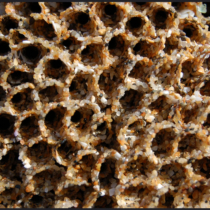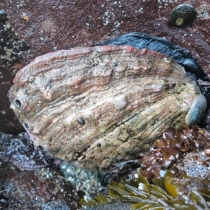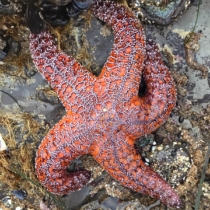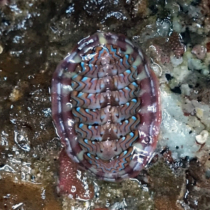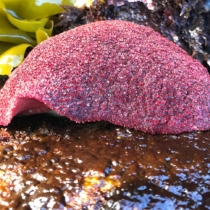Our main objective for monitoring the rocky intertidal is to establish a baseline upon which changes (or lack of changes) can be followed over time. To achieve this, the LiMPETS program uses four sampling methods. Each site in the LiMPETS network uses one or more of these methods, though procedures vary somewhat from site to site.
Why do protocols vary from site to site?
Vertical Transect
A major concern over the next several decades will be the effect of rising sea levels, as a consequence of global warming, on the creatures within the rocky intertidal. Will species shift up – higher in the intertidal – as sea level rises? We can collect data along a vertical transect to provide the answer. Continued »
Random Quadrats in a Permanent Area
By monitoring selected species using randomly placed quadrats inside a permanent area, we can determine statistically robust estimates of abundance that can be compared over time. Continued »
Total Counts in a Permanent Area
Some large invertebrates, such as solitary anemones, can have a major impact on community organization of the rocky intertidal. Human activities like collecting can influence the abundance of these animals, which themselves influence the abundance and distribution of other intertidal species. By counting these species in a large, permanent area, we can detect changes in abundance over time. Continued »
Size Measurements in a Permanent Area
We count AND measure the size of ochre sea stars and owl limpets. Humans collect owl limpets, often illegally, for food. Generally, the largest individuals are preferentially taken for consumption. This size-selective harvesting has led to a widespread decline in body size of owl limpets along the coast of California. We count and measure this species in a large, permanent area to detect changes in abundance and size over time. Continued »


